Hammad al-Jawhari
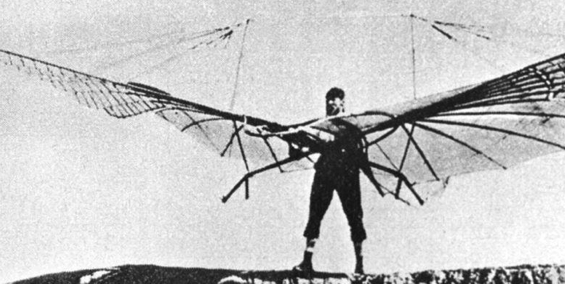
A prominent scholar in 11th century Iraq, Hammad al-Jawhari was also fascinated with the idea of flying. Believing he could design apparatus to help him do just that, al-Jawhari crafted a pair of wooden wings, to which he attached feathers. In a bid to impress his Imam, the scholar climbed to the top of his mosque, strapped the wings to his back – and nosedived straight into the ground in front of a horrified crowd.
Mikhail Kalashnikov
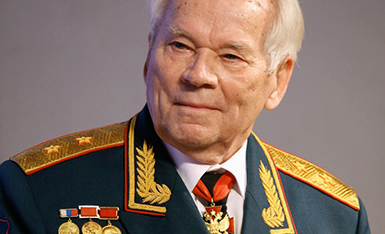
In 1947, Soviet general Mikhail Kalashnikov built his first prototype for the AK-47; cheap to produce, reliable and easy to maintain, it would become one of the most widely used assault rifles ever. Millions have since been slain by AK-47s, which ultimately left Kalashnikov guilt-stricken. Towards the end of his life, he wrote to the Church: “if my assault rifle took people’s lives that means that I am responsible for people’s deaths.”
Marie Curie
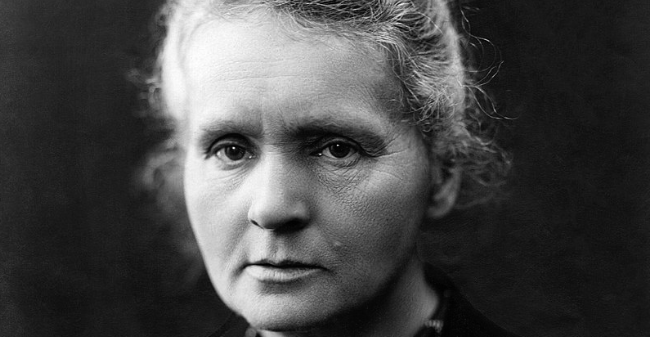
Polish-French scientist Marie Curie was the first woman to win a Nobel Prize, thanks to her groundbreaking work with radium. Unfortunately, the dangers of radioactivity were not known at the time of Curie’s work, and in the course of her research she absorbed fatal doses of ionising radiation – eventually resulting in her death from aplastic anaemia aged 66.
Alfred Nobel
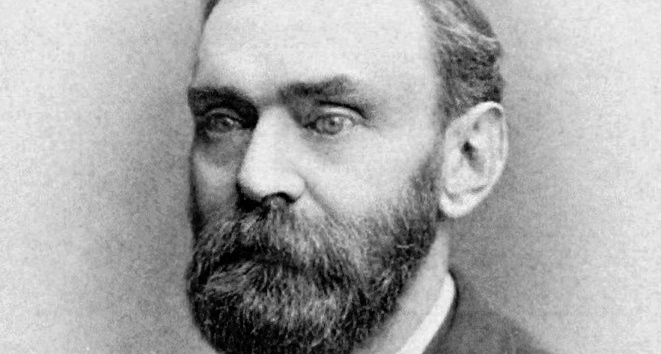
The Nobel Prize is the world’s highest academic honor, awarded to “those who, during the preceding year, have conferred the greatest benefit to humankind”. When Alfred Nobel started the award, he did so in large part to assuage the guilt he felt at having invented dynamite. Originally created to help his family’s mining business, dynamite was soon co-opted by the world’s militaries for its destructive power.
Valerian Abakovsky

Latvian engineer Valerian Abakovsky invented the ‘Aerowagon’, an experimental high-speed rail-car fitting with an aeroplane engine and propellor. On July 24, 1921, the young inventor was among the passengers on an Aerowagon test run from Moscow to Tula. The initial leg of the journey was successful, but on the way back the Aerowagon derailed at high-speed, killing seven of its 22 passengers, including Abakovsky.
Arthur Galston

Chemical defoliant Agent Orange was accidentally invented by Yale physiologist Arthur Galston, who had been trying to create a chemical that made leaves grow faster. When the military got their hands on it, they instantly realised its devastating potential. Galston was horrified to learn Agent Orange had been weaponized, and after he raised ethical objections over its use in Vietnam, President Nixon reluctantly banned it.
Sylvester H Roper
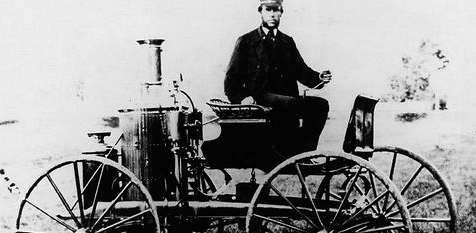
Sylvester H Roper was a Boston-based inventor and entrepreneur who developed some of the earliest steam-powered automobiles. Between 1867 and 1869, Roper designed and built the ‘Roper steam velocipede’, arguably the world’s first motorcycle. In 1896, Roper tried to show off the velocipede’s top speed of 40mph, but lost control of the vehicle and crashed, sustaining injuries which proved fatal.
Thomas Midgley Jr
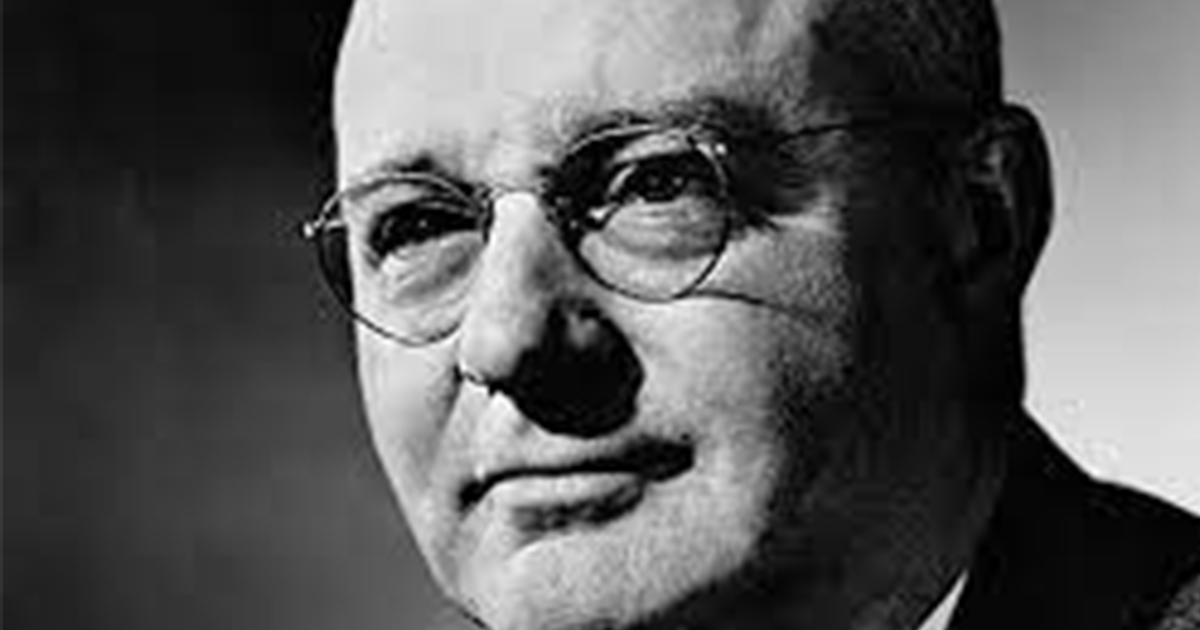
Thomas Midgley Jr was a celebrated American inventor during his lifetime, but has since been vilified for developing two of the most harmful human inventions ever: leaded gasoline and CFCs. Developing polio in his 50s, Midgley created a pulley system to help him get in and out of bed, which wound up strangling him. This was publicly declared an accident, but was privately ruled suicide.
J Robert Oppenheimer
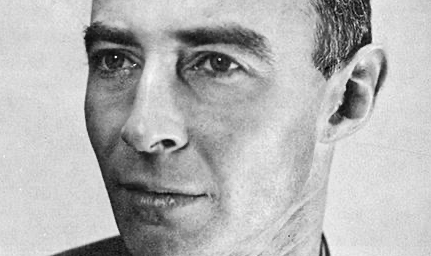
Despite making a number of contributions to the field of quantum mechanics, American physicist J Robert Oppenheimer is mostly remembered as ‘the father of atomic bomb’. Oppenheimer was recruited to work on the Manhattan Project during WWII, creating the bombs that would be used on Hiroshima and Nagasaki. After the war, the physicist became wracked with guilt and pushed for nuclear weapons to be banned.
Victor Gruen

Austrian-born architect Victor Gruen conceived the modern shopping mall, envisioning a communal space where culture and commerce would be intertwined, as in the European city centers he had fond memories of. However, Gruen was horrified by the reality, viewing the shopping malls that eventually came to dominate almost every American city as soulless and crass, and regularly bemoaning his role in creating them.
Perillos of Athens
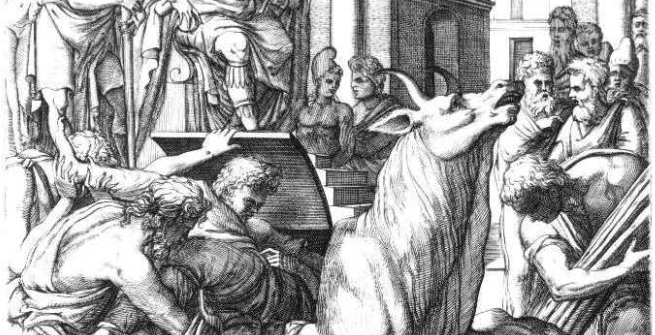
Around 550 BCE, Greek sculptor Perillos was commissioned by Sicilian tyrant Phalaris to create a new device for torture and execution. Perillos created the ‘Brazen Bull’, a life-size, hollow bull constructed from copper in which convicts could be roasted. The cruel Phaliris had Perillos put to death in his own invention – and years later, Phalaris was himself executed by rebels in the Brazen Bull.
João Torto

In 1540, Portuguese inventor João Torto built a biplane-like aircraft out of wood and cloth. He used a rope and pulley to haul his contraption to the top of a cathedral, before dramatically leaping from the roof. The apparatus initially seemed to work, but Torto soon lost control and crashed, sustaining fatal injuries.
Dong Nguyen

Vietnamese programmer Dong Nguyen launched mobile phone game Flappy Bird in 2013. When it became an unexpectedly big hit, Nguyen found himself relentlessly harassed by journalists. Uncomfortable with both the attention and the idea of profiting off a highly addictive game, Nyugen pulled Flappy Bird from the App Store, which resulted in him receiving enraged letters and death threats from players.
Mike Hughes

‘Mad’ Mike Hughes was an amateur inventor and daredevil who planned to prove the Flat Earth theory by building an aircraft that would propel him high enough to take photos, which he thought would disprove the ‘globe Earth lie’. In February 2020, Hughes took off in a homemade rocket, but when the safety parachute failed he plummeted hundreds of feet to his death.
Horace Lawson Hunley
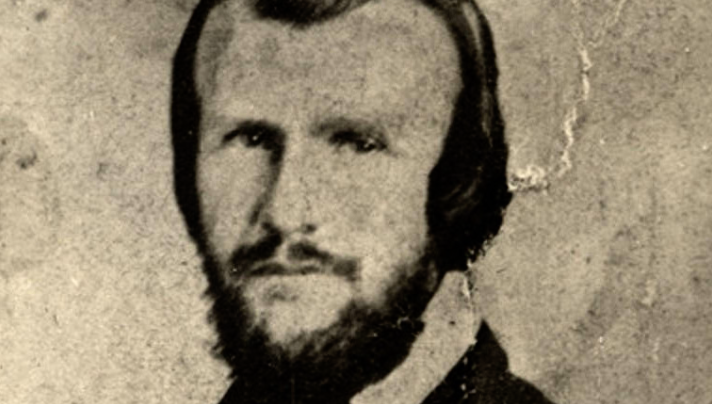
Horace Lawson Hunley was a maritime engineer who built the world’s first combat submarine for the Confederacy during the American Civil War. The first two iterations of the sub didn’t work particularly well, but the third was deemed a success. On October 15, 1863, Hunley boarded the sub with seven others. Unfortunately, the vessel promptly sank, killing all of its occupants.
Philo Farnsworth
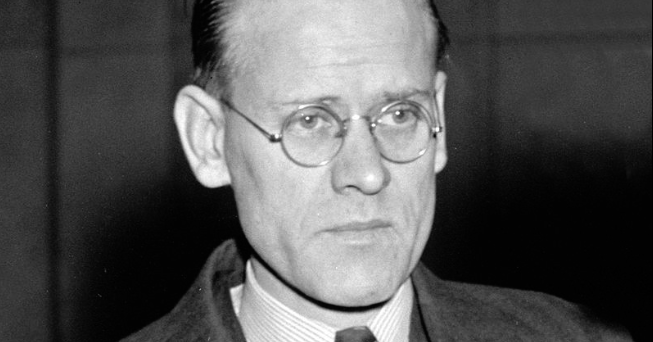
American inventor Philo Farnsworth unveiled his invention of the television in 1938, envisioning it as a great tool to increase knowledge and cultural awareness. By the time he passed away in 1971, the inventor had been thoroughly disabused of this notion, and he famously refused to allow his son to watch TV, stating “there’s nothing worthwhile on it… I don’t want it in your intellectual diet.”
William Nelson
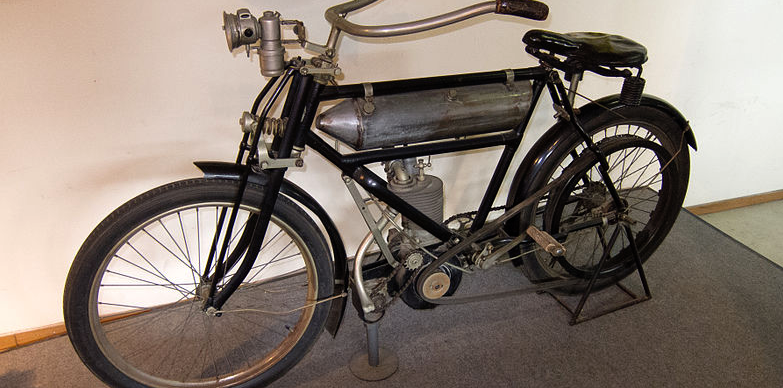
In 1903, seven years after Sylvester Roper fatally crashed his velocipede, William Nelson – an engineer at General Electric – invented a new, faster type of motorcycle engine. Unfortunately, the vehicle was more powerful than its creator had anticipated; during its test run, Nelson, who wasn’t wearing a helmet, lost control of his motorcycle and crashed spectacularly, passing away from his injuries shortly afterwards.
Alexander Bogdanov
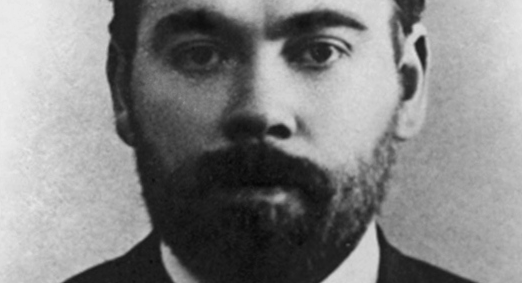
Alexander Bogdanov was a Soviet physician, philosopher, and inventor who pioneered blood transfusion technology, believing it could bestow ‘eternal youth.’ In 1928, Bodganov infused himself with the blood of one of his students, who had recently contracted malaria and tuberculosis but wasn’t showing symptoms yet. Whilst the student went on to make a full recovery, Bodganov wasn’t so lucky, succumbing to the diseases shortly afterwards.
Thomas Andrews
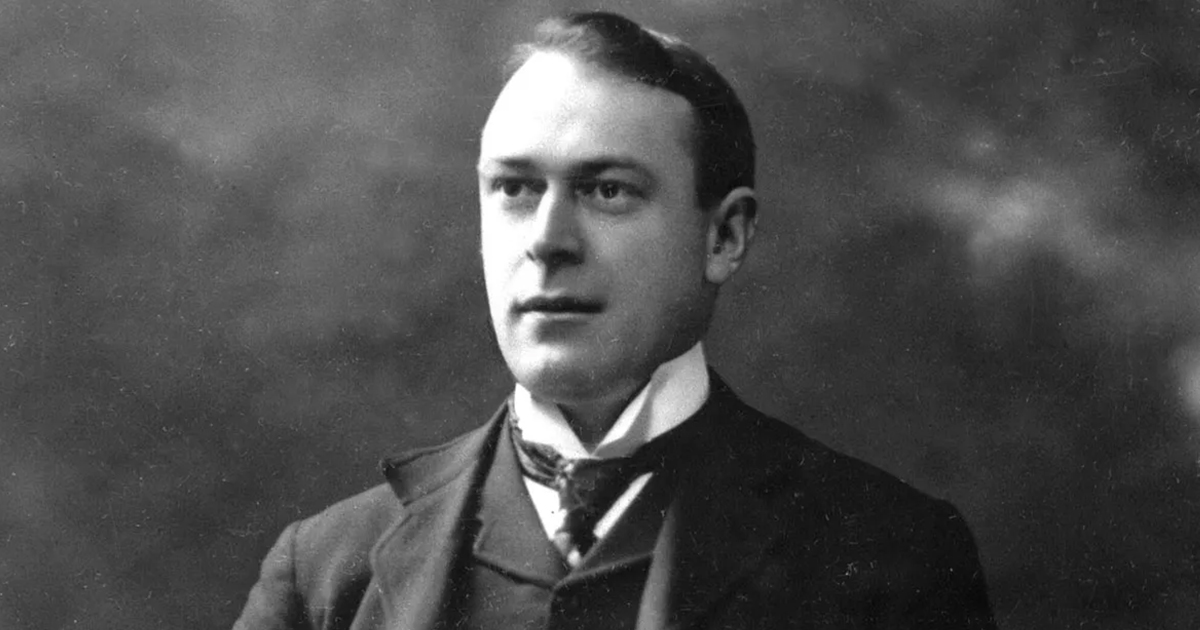
Thomas Andrews was a British shipbuilder who designed the RMS Titanic. In order to cut costs, a number of safety features that Andrews had designed were stripped from the plans, and the number of lifeboats was halved. Despite this, the luxury cruise liner was declared unsinkable, which was promptly disproved when the Titanic collided with an iceberg and sank. Around 1,500 perished, including Andrews.
William Bullock

William Bullock was an American engineer and inventor who developed a faster printing press for newspapers and book publishers. In 1867, Bullock was installing one of his presses for the Philadelphia Public Ledger when a component jammed. Bullock kicked it to get it moving, but his leg got trapped in the machine, crushing his foot. This foot turned gangrenous, and Bullock died during its amputation.
Francis Edgar Stanley
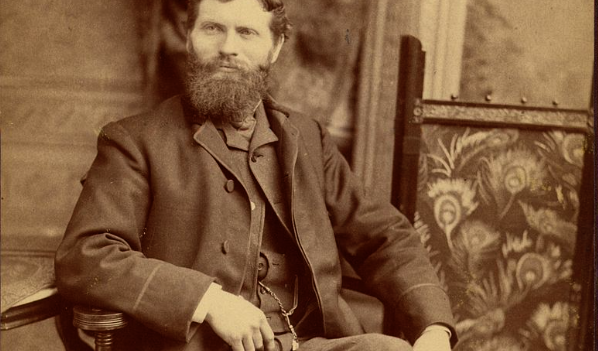
Francis Edgar Stanley was an American entrepreneur who, along with his twin brother, patented numerous inventions, including steam-powered cars. One of their models set a land speed record of 127 miles per hour in 1906. 12 years later, whilst driving his own personal car, Stanley swerved to avoid a farm wagon, veered off the road and plowed into a woodpile, sustaining fatal injuries.
Michael Dacre

The AVCEN Jetpod was a small aircraft invented in 2009 by engineer Michael Dacre, who intended it to be used as an air taxi between regional cities. On August 16 of that year, Dacre took his new invention for a test flight. After three failed attempts to take off, the engineer managed to get the Jetpod briefly airborne, before crashing and dying on impact.
Karel Soucek

After successfully plunging over Niagra Falls in a shock-absorbent barrel, stuntman Karel Soucek planned another stunt: plummeting 180 feet in another, even sturdier barrel from the top of the Houston Aerodrome into a tank of water. Unfortunately, the barrel was released too soon and spun unpredictably as it fell, striking the rim of the water tank and gravely injuring Soucek, who died shortly afterwards.
Andrei Zheleznyakov

Soviet scientist Andrei Zheleznyakov developed a number of highly lethal nerve agents for the KGB. In 1987, Zheleznyakov was working on the notorious Novichok 5 – today one of the world’s most potently lethal substances – when his hood malfunctioned, resulting in his exposure to the agent. Over the next few years his health steadily declined until he finally passed away in 1992.
Hiram Maxim
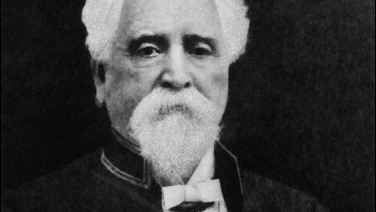
In 1883, British-American entrepreneur Hiram Maxim – who developed numerous inventions including curling irons and mousetraps – began developing a fully automatic machine gun. As well as laying the blueprint for highly lethal weapons that would go on to claim millions of lives, Maxim also ended up completely deaf as a result of repeated exposure to loud noises whilst developing his weapon.
Tim Berners-Lee

Few inventions have altered the course of humanity quite so irrevocably as the internet. Tim Berners-Lee, who invented the world wide web in 1989, believes that his creation has failed and mutated into a malevolent force that is harmful to society. In a 2018 interview, Berners-Lee revealed that he is “devastated” with the course that the internet has taken.
Ethan Zuckerman

Few things in life are as maddeningly irritating as pop-up adverts. Programmer Ethan Zuckerman first wrote pop-up code as a way for sites to display a product to browsing consumers without it needing to be embedded on the original web page. He never foresaw how relentlessly companies would use the technology to spam consumers, and has apologised for this on numerous occasions.
Orville Wright
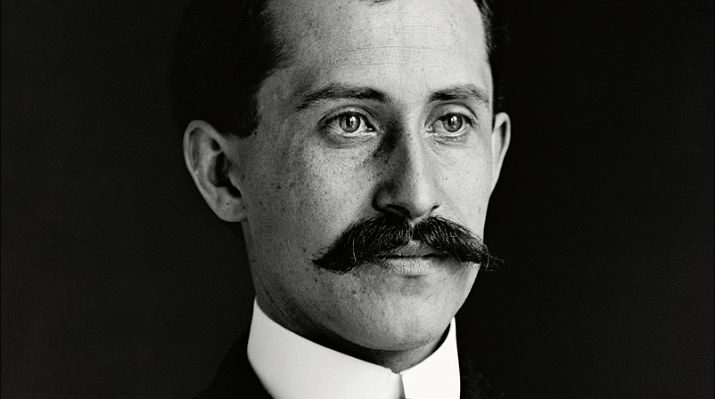
The Wright brothers will forever be immortalised for developing the first working aircraft, but Orville Wright was horrified at how their invention was used for warfare. After the outbreak of WWII, Orville declared that he and Wilbur (who died years earlier in 1912) had “dared to hope we had invented something that would bring lasting peace to the earth, but we were wrong.”
Fritz Haber
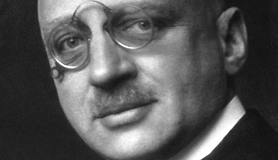
German-Jewish chemist Fritz Haber’s chemical innovations saw him awarded the Nobel Prize in 1918, but he is sadly remembered today as ‘the father of chemical warfare’ for his work on gases used in battle and later in concentration camps. In 1933, Haber fled Germany before he could be persecuted, but several members of his family died in the camps, likely killed by the very gas that he had invented.
Bob Propst
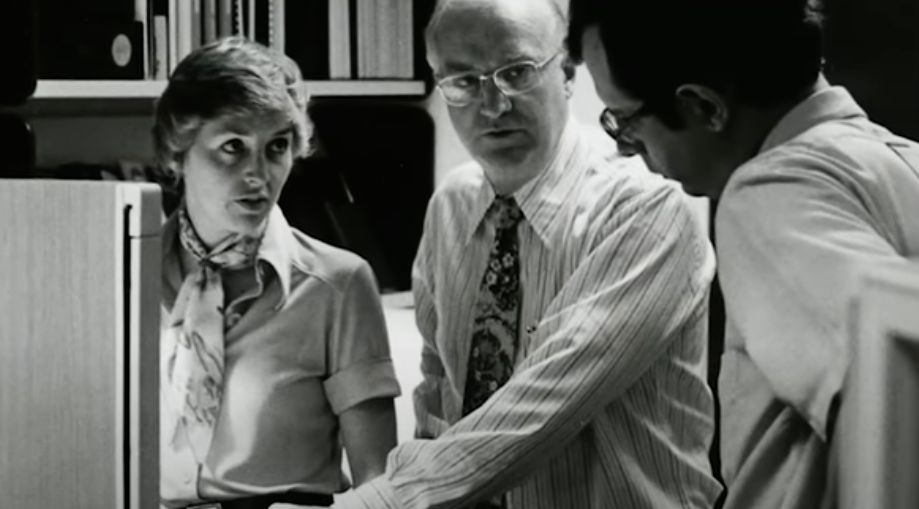
In 1989, whilst working as a consultant for the office furniture company Herman Miller, inventor Bob Propst conceived of the ‘open plan office,’ envisioning a large, communal space where employees could more easily interact. Unfortunately, corporations took his idea and ran with it all the way to dystopia, creating vast ‘cubicle farms’ that Propst has described as “monolithic insanity”.
Lewis Ranieri

Whilst working at Salomon Brothers in the 1970s, Lewis Ranieri hit on the idea of bundling individual mortgages into packages called ‘collateralised debt obligations’, which could be sold as investment products. His scheme worked brilliantly, and made a lot of people extraordinarily rich, but it also sparked a chain of events that resulted in reckless bankers blowing up the world economy in 2008.
Gerhard Schrader

In 1938, Gerhard Schrader led a team of scientists trying to create new pesticides, resulting in the invention of the extremely toxic nerve agent sarin. Now outlawed, sarin was later used in war, most notably by Iraq under Saddam Hussein, as well as being used by a Japanese doomsday cult who unleashed it in a Tokyo subway in 1995, killing 13 people.
Agatha Christie
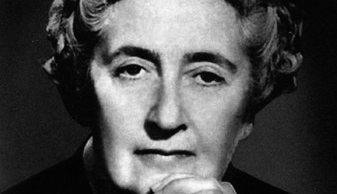
Author Agatha Christie introduced detective Hercule Poirot in her 1920 novel The Mysterious Affair at Styles, and the public instantly fell in love with the character. Christie soon tired of the character, labelling him a “detestable, bombastic, tiresome, ego-centric little creep.” Even so, Christie continued writing Poirot until 1975, both to please her readership and for the financial benefits.
Jenna Karvunidis

In 2008, Jenna Karvunidis threw a party during which she revealed the gender of her unborn baby via the medium of a cake filled with pink icing. Karvunidis wrote about the event on her blog, accidentally starting a craze in the process. Extravagant gender reveal parties have now seemingly become a staple part of having a child, but Karvunidis regrets having made them a thing.
Tom Karen

During the 1970s, the sight of children cruising the streets on their Raleigh Choppers was a common sight. However, Tom Karen – the Chopper’s inventor – isn’t a fan of his creation. When Raleigh considered reviving the bike in 2009, Karen expressed his disapproval, stating, “the Chopper wasn’t a very good bike. It was terribly heavy so you wouldn’t want to ride it very far.”
John McAfee
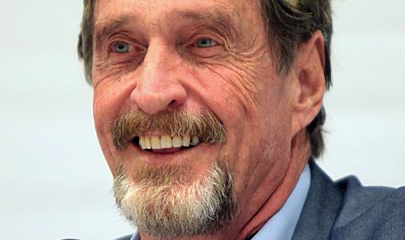
John McAfee was a computer programmer who created the first commercially-available anti-virus software in 1987. McAfee left the company that bears his name in 1994, and it’s safe to say that he wasn’t pleased with the direction the business went in. In the end, though, McAfee Corp has more reason to regret association with their founder, a suspected murderer who died in a Spanish prison in 2021.
Vincent Connare

Typographer Vincent Connare was working on a Microsoft application for kids when he created the world’s most loathed font, comic sans. The goofy font was only ever supposed to be used within the confines of the application, and Connare is as horrified as everybody else that its use has become widespread, once stating, “if you love [comic sans], you don’t know much about typography.”
Kamran Loghman

During the 80s, Kamran Loghman worked for the FBI, designing non-lethal weapons for law enforcement, the most successful of which was pepper spray. In 2011, Loghman was horrified to see his creation being used by police officers on a group of peaceful protesters at the University of California, exclaiming, “I have never seen such an inappropriate and improper use of chemical agents.”
Albert Einstein
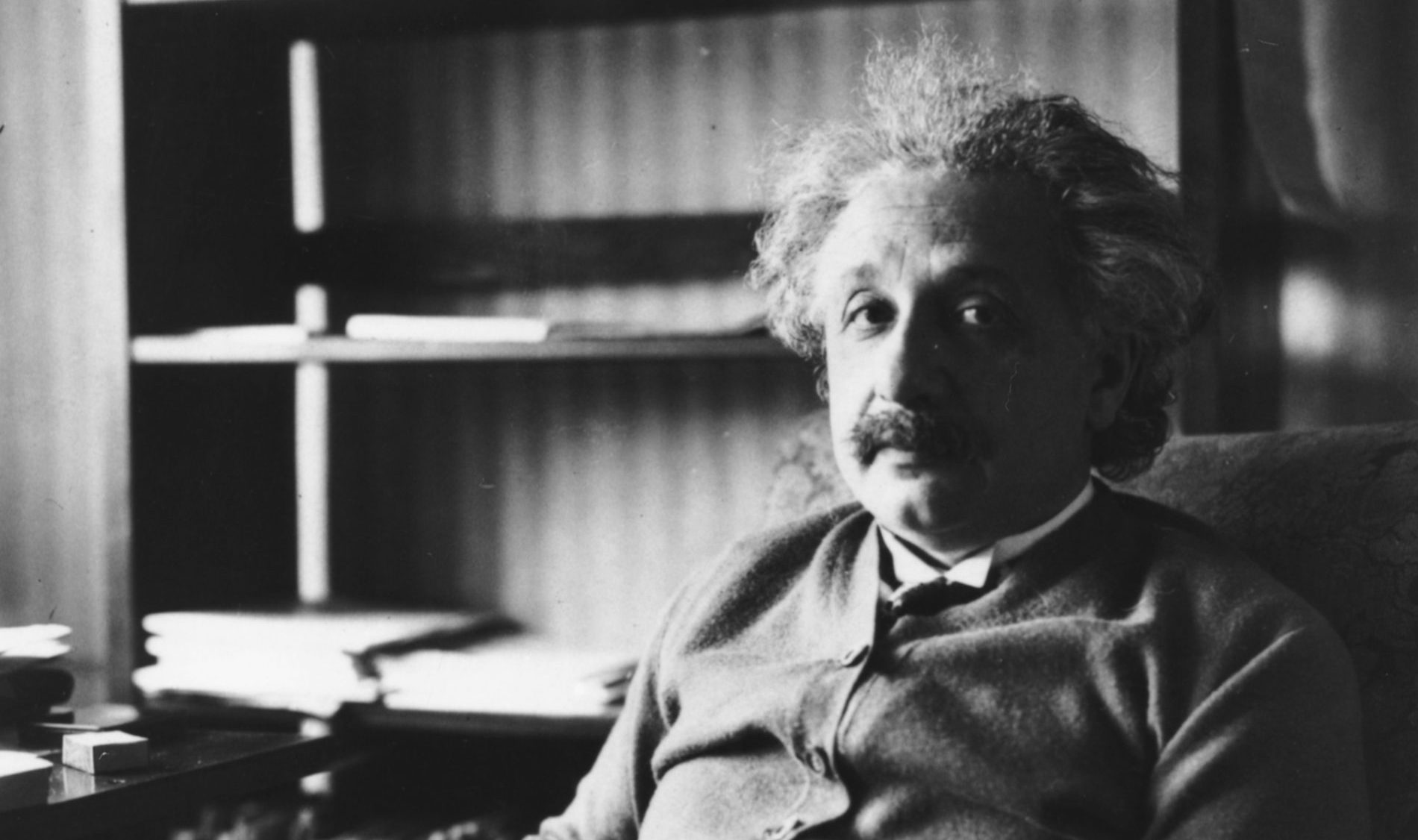
Whilst Einstein didn’t directly work on the Manhattan Project, his famous equation, E = mc2, laid the groundwork for the atomic bomb. Not only that, but Einstein himself convinced the US government to launch a nuclear weapons project, fearing Nazi Germany might do so first. Einstein came to regret this, especially when he later learned that the Germans never seriously worked on nuclear weapons of their own.
Scott Fahlman
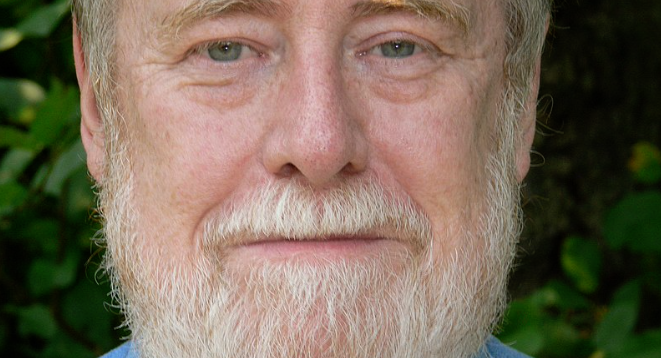
Computer scientist Scott Fahlman invented emojis as a way to make it clear that an email or text is meant to be taken as a joke, and he never expected them to become as ubiquitous as they have since become. Fahlman has indicated that he regrets contributing to the degradation of language, stating in an interview that “sometimes I feel like Dr Frankenstein.”
John Sylvan

John Sylvan was working at Keurig in the 1980s when he invented the K-Cup, a single use coffee pod. Sylvan had expected the product to be used almost exclusively in offices, and he was shocked when they exploded in popularity. The inventor would come to regret his creation, which has been described as an “environmental disaster” due to the fact that the pods are non-recyclable.
Anna Jarvis
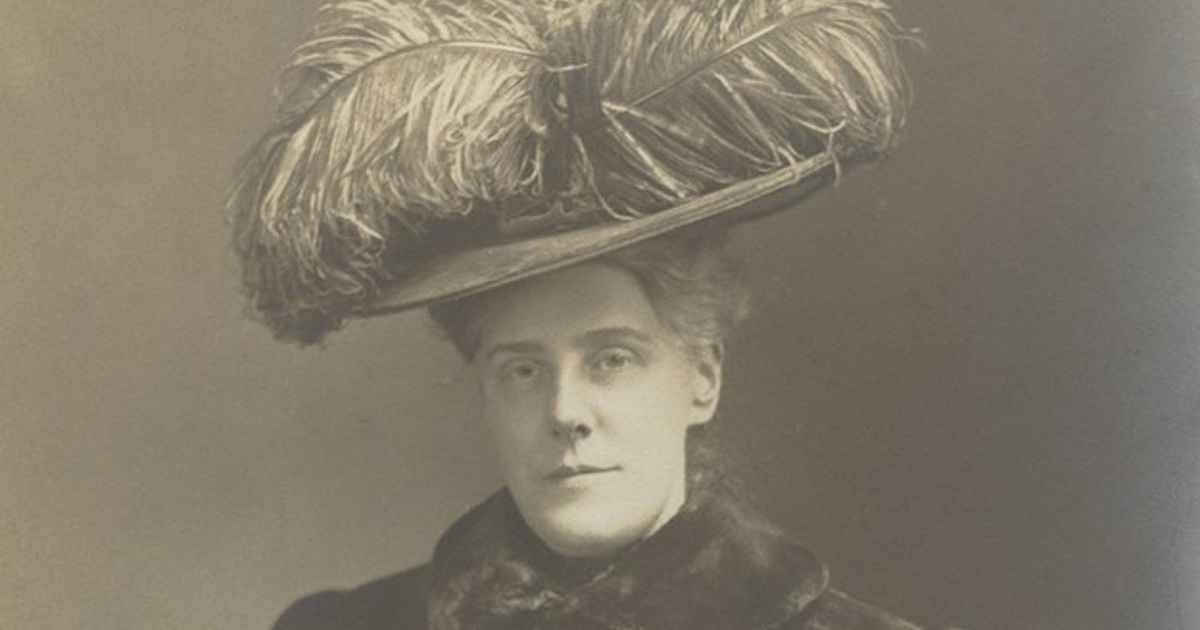
Social activist Anna Jarvis came up with the concept of Mother’s Day, which was introduced in 1908. However, in later years she would grow disgusted by the rampant commercialisation of the event. Jarvis had particularly harsh words for those who profited from Mother’s Day – including card companies and florists – labelling them “charlatans, bandits, pirates, racketeers, kidnappers and termites.”
Wally Conron

In the 1980s, guide dog trainer Wally Conran was tasked with breeding a hypoallergenic dog for a blind woman whose husband suffered from allergies. The result was the Labradoodle, which led to a wave of new ‘designer’ dogs including Goldendoodles, Roodles, and Schnoodles, many of which are extremely prone to health problems. Conran later said that he regretted this, feeling he had “opened Pandora’s box.”
The Chinese monks who invented gunpowder
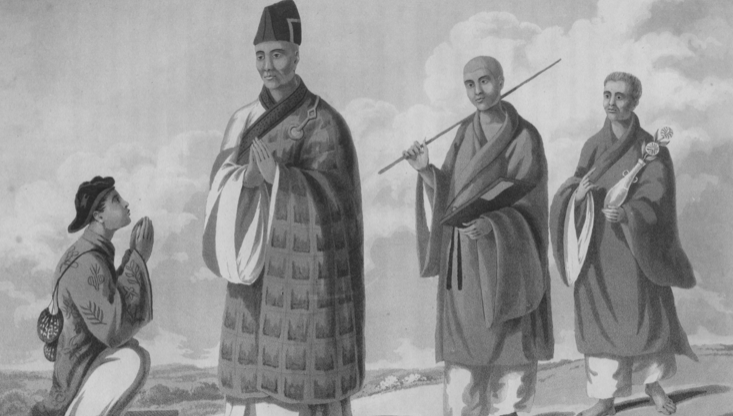
In the ninth century CE, Chinese monks were seeking the elixir for immortality, to which end they experimented with potassium nitrate, which had for years been used in traditional Chinese medicine. However, far from unlocking eternal life, they inadvertently discovered a new, deadly instrument of death: gunpowder, which was quickly adopted for military use and has resulted in the deaths of hundreds of millions.
Rob McIntyre

Styrofoam was invented by Ray McIntyre, an employee of the Dow Chemical Company, in 1941. The material was light, cheap to produce, and a highly effective insulator, making it a perfect material for takeout food cups and trays. Unfortunately, styrofoam has been found to be carcinogenic, and it also doesn’t degrade for hundreds (or possibly thousands) of years.
John Larson
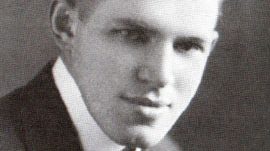
In 1921, 31-year-old police officer and medical student John Larson invented the polygraph, a device that measures several physiological markers associated with lying. Larson had intended the device – which was quickly rebranded as a “lie-detector” – to aid in investigations and interrogations, but he ultimately came to regret its invention after observing how it was abused by police officers.
Richard Gatling
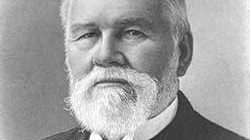
Richard Gatling invented the Gatling gun – an auto-cannon with multiple barrels, capable of an extremely high rate of fire – because he believed it would reduce battlefield deaths. Gatling’s reasoning was that since the highly destructive weapon could be operated by one man, fewer soldiers would be needed. This, to put it mildly, did not pan out as Gatling had hoped.
Ajay Bhatt

The inventor of USBs, Ajay Bhatt has a single regret about his creation that is shared by almost everyone who’s used one: how hard it is to plug the damn things in. The lack of reversibility, according to Bhatt, purely came down to profit maximization, as it was cheaper to make them that way. At least matters have finally been set right with the invention of USB-C.
Sten Gustaf Thulin

In 1959, Swedish inventor Sten Gustaf Thulin came up with a product that he was convinced would significantly help the environment: plastic bags. Thulin was concerned about deforestation, so he invented plastic bags to replace the paper ones commonly used. Unfortunately, Thulin’s plan hinged on the bags being reused, which people proved incapable of doing.
Alberto Santos-Dumont
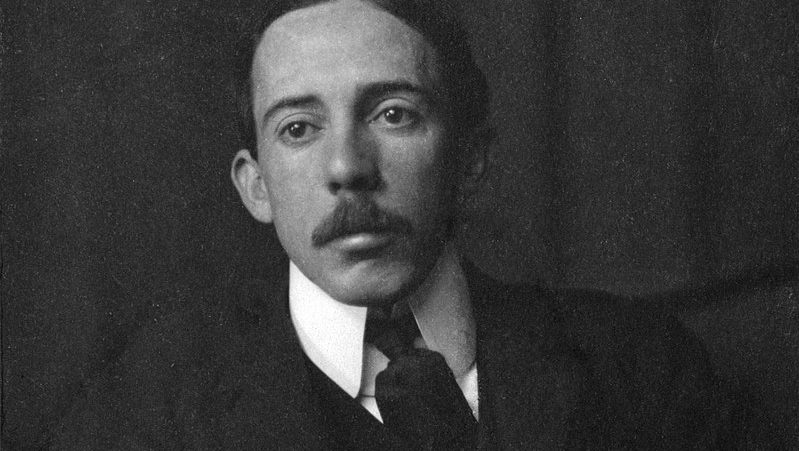
A pioneer of aviation, Alberto Santos-Dumont committed suicide out of a deep sense of guilt after planes he had helped design were used in war. It is believed that the sight of planes in combat over Guarujá – the Brazilian town in which Santos-Dubont lived – may have pushed the inventor over the edge.
The woman who invented the term ‘incel’

During the mid 90s, a student in Toronto known only by her first name, Alana, coined the term ‘incel’ while blogging about her difficulties finding love. The term – a shorthand for ‘involuntary celibate’ – soon took on a life of its own, spawning a movement of sexually frustrated young men that has led to multiple acts of terrorism. Alana later wrote about the regret she felt at having created the term.
Peter Benchley
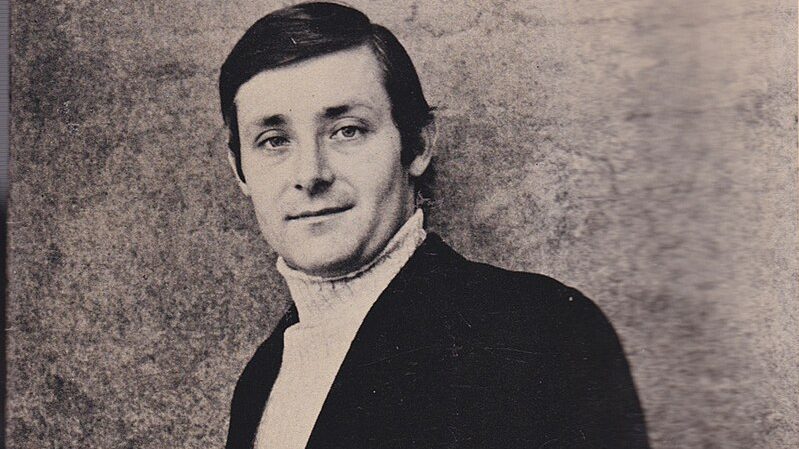
1975’s Jaws was a PR nightmare for sharks, resulting in widespread (and misplaced) fear of the animals and indiscriminate culling. Peter Benchley – who wrote the novel the film is based on – was wracked with guilt after witnessing the ecological disaster he had sparked, and the author devoted much of the rest of his life to shark conservation. Steven Spielberg, who directed the film, came to feel similarly guilty.
Stockton Rush
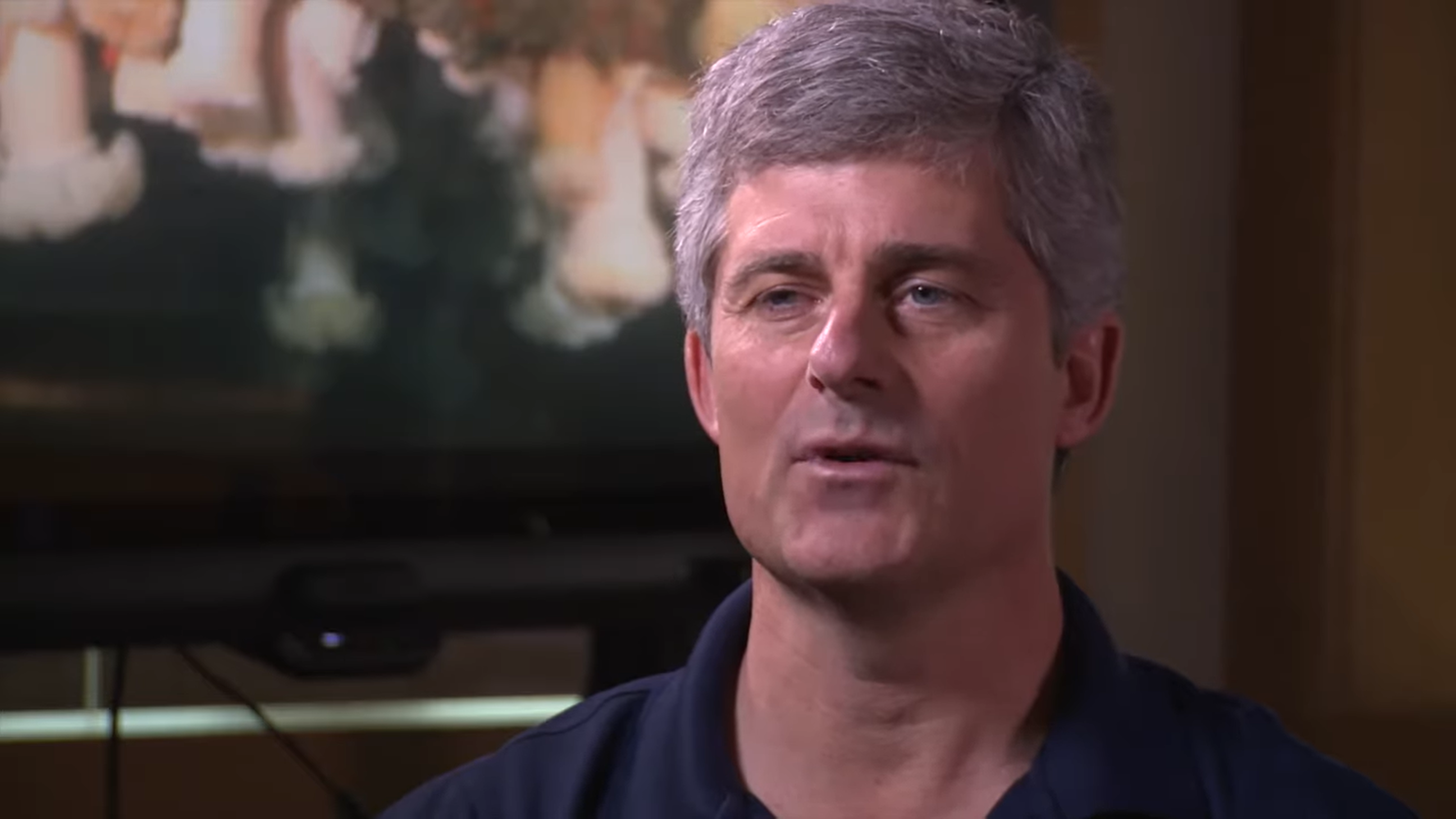
The cofounder of OceanGate and the engineer responsible for its ill-fated Titan submersible, Stockton Rush lost his life on June 22nd, 2023, during an expedition to the wreck of the Titanic. Rush, along with his four passengers, were instantaneously killed when the Titan’s carbon fiber hull catastrophically imploded under immense pressure.
Gary Kremen
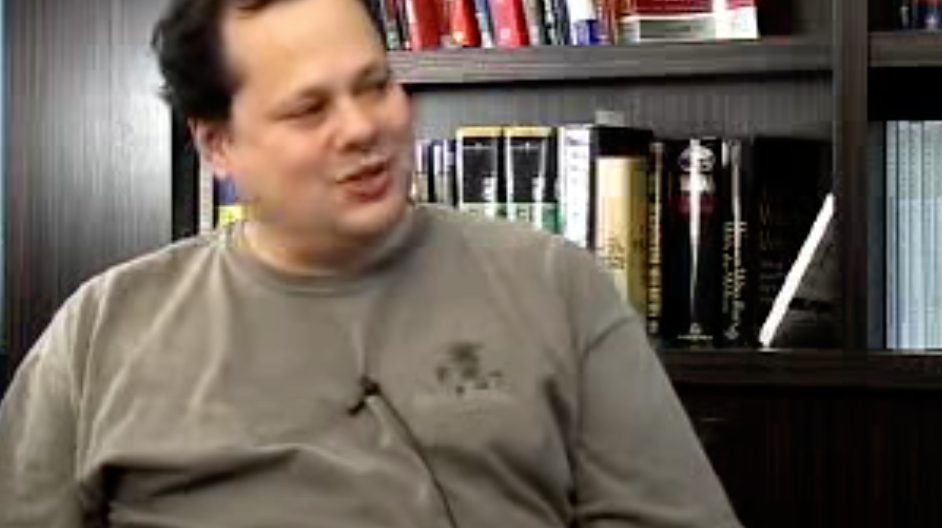
In 1993, American engineer Gary Kremen invented Match.com, one of the world’s earliest and most popular dating sites, although he left the company three years later due to disagreements with venture capitalists. While the invention of the site undoubtedly made Kremen a very wealthy man, it also dealt him some ironic heartbreak when his girlfriend left him for a man she’d met on the service.
Max Valier
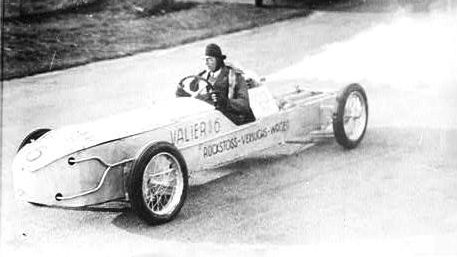
German scientist Max Valier was one of the key figures in early rocket technology, with his invention of alcohol-based fuels eventually paving the way for spaceflight. Tragically, on May 17th, 1930, one of Valier’s rockets exploded while he was working on it in the lab, killing the young scientist instantly.
Aza Raskin

In 2006, Aza Raskin wrote a few lines of code that would fundamentally change the internet. Raskin’s invention – known as ‘infinite scroll’ – allows a webpage to continually load information, meaning users never have to click a button to go the next screen. As it turns out, this makes using the internet far more addictive, and Raskin has tried to atone for his invention by cofounding the Center for Humane Technology.
Cowper Phipps Cole
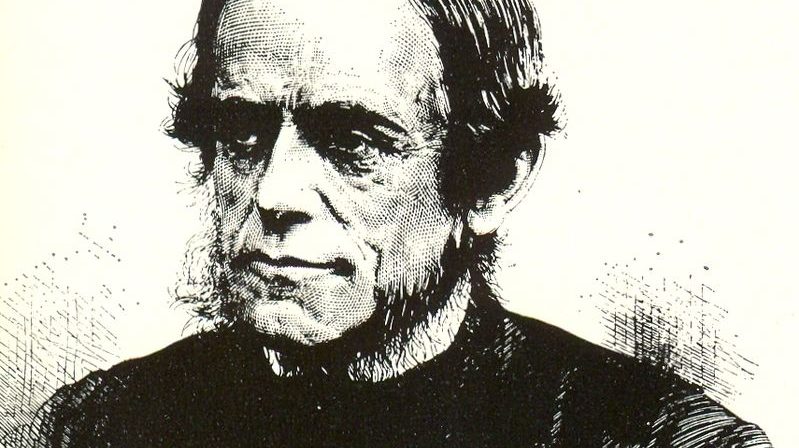
An English captain with the Royal Navy, Cowper Phipps Cole was also an enthusiastic inventor, coming up with the idea for revolving gun turrets. Cole also managed to convince the British Naval Admiralty to build a ship – the HMS Captain – according to his designs. On September 6th, 1870, the HMS Captain’s unique design caused it to capsize in bad weather, taking Cole down with it.
Ken Nelson

American chemist Ken Nelson hypothesized that venom harvested from toads could be synthesized into a highly potent psychedelic, and – after daringly volunteering himself as a test subject – he discovered he was right. These days, toad venom is one of the trendiest psychedelics available, which has led to an ecological disaster for the toads, who are taken from their natural habitat in vast numbers.
Julius H. Kroehl

A German American engineer, Julius H. Kroehl invented the first submersible capable of diving and resurfacing on its own. In 1865, Kroehl built the Sub Marine Explore, which he frequently used to conduct experimental dives. Unfortunately, one such dive resulted in a severe case of decompression sickness, with Kroehl passing away shortly after returning to the surface.
Eli Whitney
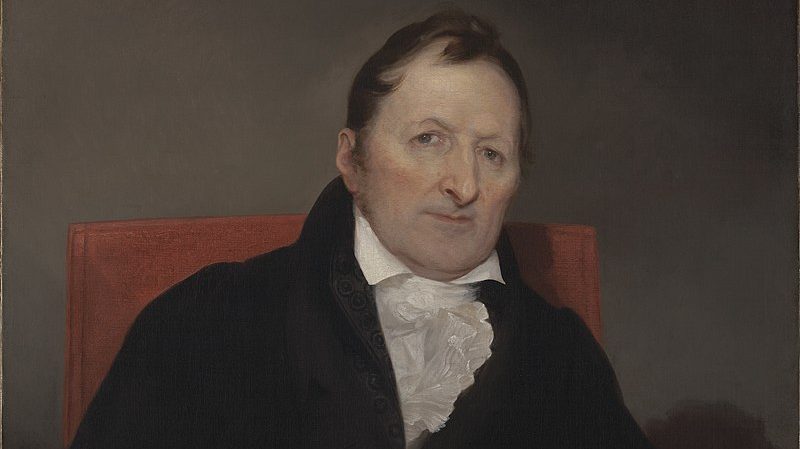
Eli Whitney invented the cotton gin – a device that enables cotton fibers to be easily separated from seeds – with the express goal of reducing the need for slaves. Instead, by making cotton a far more profitable crop, the cotton gin led to an explosion in the demand for slaves in the American South, much to Whitney’s horror.
Henry Winstanley

An English merchant, Henry Winstanley constructed the first lighthouse on Cornwall’s Eddystone Rocks after losing two of his ships to them. Winstanley was convinced of his lighthouse’s near-invincibility, which he attempted to prove by remaining in it during the Great Storm of 1703. The lighthouse wasn’t quite as sturdy as Winstanley had hoped, and he lost his life when it collapsed.
Jack Dorsey

In 2022, Jack Dorsey replied to a Tweet asking about his biggest Twitter-related regret by stating, ‘The biggest issue and my biggest regret is that it became a company.’ It’s not entirely clear whether Dorsey wishes he’d never invented Twitter at all, or just regrets what it’s mutated into, but either way he clearly feels a sense of responsibility for what he’s unleashed on the world.
Bill Burr
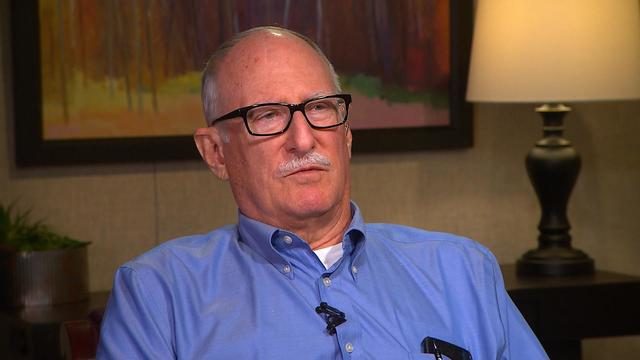
Computer scientist Bill Burr is the reason your computer and phone suggest long, random strings of numbers, letters and symbols when you’re coming up with passwords. In 2003, Burr recommended such passwords as the gold standard of security, but the revelation that they’re easier for hackers to crack than obscure, meaningful words has led him to publicly express regret over his recommendation.
Robert Watson-Watt
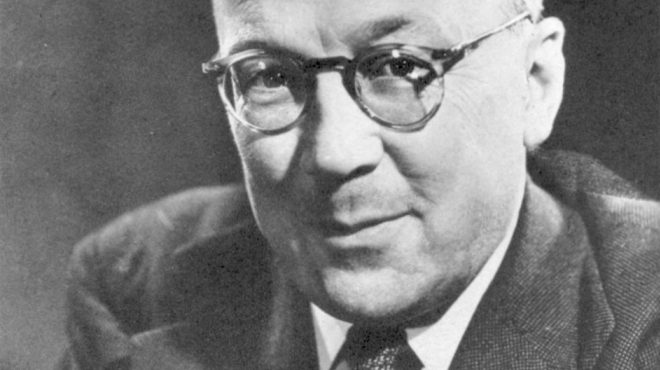
Robert Watson-Watt invented radar in 1935, and it proved to be one of the most pivotal technologies of The Second World War. In 1956, Watson-Watt was caught speeding by a policeman with a radar gun, leading him to bitterly remark “Had I known what you were going to do with it I would never have invented it.” He even wrote a poem about the event, titled ‘A Rough Justice.”
John Day
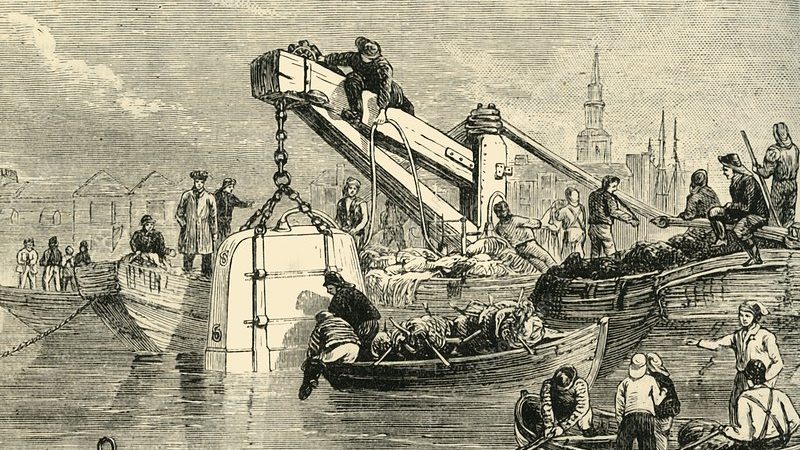
An English carpenter, John Day holds the distinction of being the first person to die in a submarine. After building a wooden diving chamber, Day bet his friend that he could remain in it at a depth of 130 feet for 12 hours. Unfortunately, the amateur inventor miscalculated the weights he would need, and his diving chamber – with him in it – was immediately lost to the depths.
Peter Laurids Jensen

A pioneer in audio technology, in 1915 Peter Laurids Jensen invented what is arguably the first modern loudspeaker. While Jensen’s invention was immediately embraced around the world, making him incredibly wealthy in the process, he was later horrified when he discovered that the loudspeakers he had designed were being used to transmit Nazi propaganda.
Alfred Binet
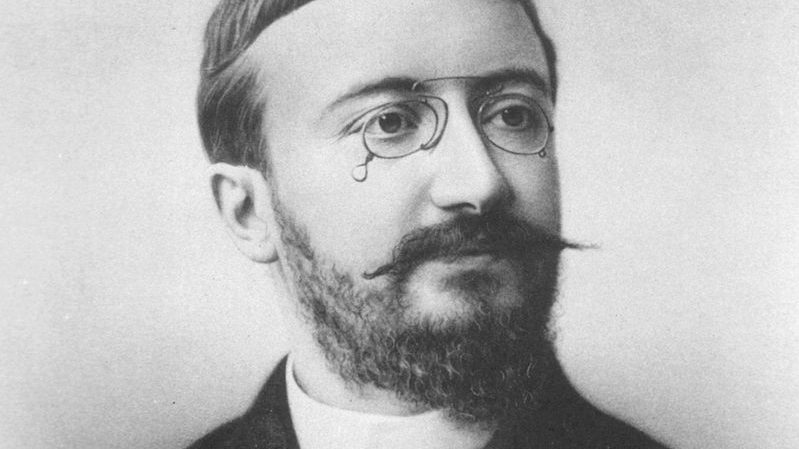
When Alfred Binet devised the IQ test in 1905, he was trying to come up with a more rigorous method for determining intelligence. Unfortunately, his creation was immediately coopted by racists who tried to use it to prove that there were inherent differences between races, and it even ended up being used to justify sterilizing tens of thousands of women across the United States.
Sean Parker

Sean Parker is one of a number of tech entrepreneurs who has come to regret his contribution to the world. After founding file sharing service Napster, Parker joined forces with Mark Zuckerberg and was instrumental in the creation of Facebook. In recent years, Parker has expressed regret at his involvement, stating that Facebook was designed to exploit “human vulnerability.”
Robert Cocking
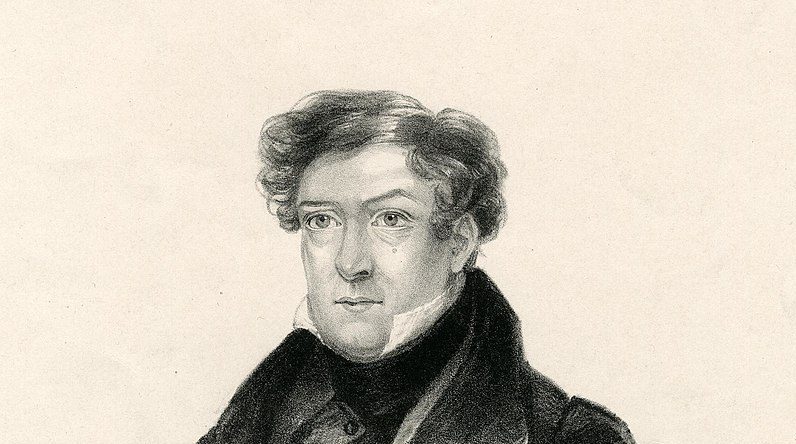
A professional painter with a passion for inventing, Robert Cocking was inspired by André-Jacques Garnerin, who in 1802 completed the first parachute jump in England. Cocking came up with his own parachute design, which he tested by leaping from a hot-air balloon at 5,000 feet. Unfortunately, Cocking had forgot to factor the weight of the parachute into his calculations, and he plummeted to his death.
Heinrich Mückter
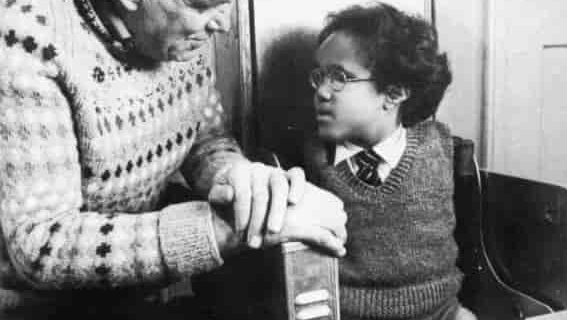
A German chemist, Heinrich Mückter was Head of Research at the Grünenthal pharmaceutical company in 1946 when he invented thalidomide. Intended as a treatment for morning sickness, the drug was soon discovered to cause horrific birth defects. Whether or not Mückter felt guilty for his mistake is debatable, as it’s widely believed he experimented on labor camp inmates during WWII, suggesting he didn’t have much of a conscience.